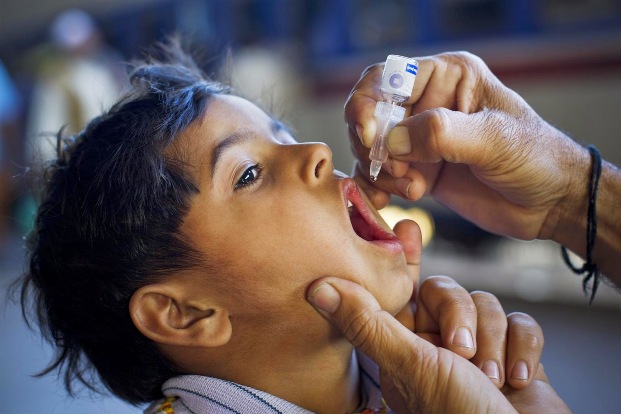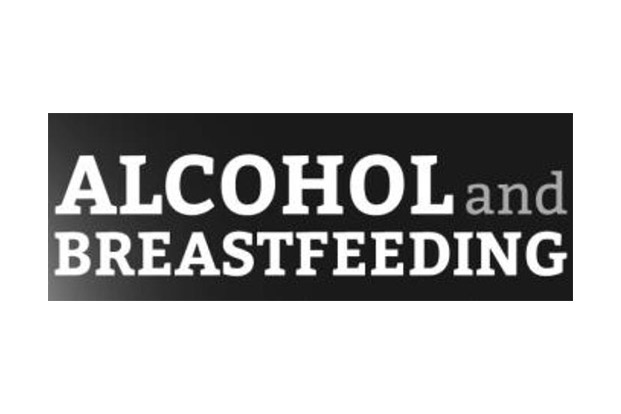Categories
- Bariatric Surgery (11)
- Black Fungus (5)
- Bone Marrow transplant (3)
- Brain Tumor Surgery Navigation Technology (20)
- Cardiac Surgery (66)
- Cardiology (97)
- Computer navigation technology for joint replacements (20)
- Covid Vaccination (17)
- Critical Care (2)
- Dental (19)
- Dermatology (31)
- Dialysis Support Group - “UTSAAH” (11)
- Dietitian (33)
- Emergency Medicine (4)
- Emotional Health (11)
- Endocrinology (33)
- ENT (20)
- Gastroenterology and GI Surgery (53)
- General and Laparoscopic Surgery (21)
- General Surgery (4)
- Gynecology & Obstetrics (183)
- Hematology (20)
- Internal Medicine (294)
- Kidney Transplant (50)
- Kidney Transplantation (20)
- Lung Cancer (8)
- Minimal Invasive Surgery (1)
- Mother & Child (20)
- mucormycosis (5)
- Nephrology (61)
- Neurology (147)
- Neurosurgery (68)
- Nutrition and Dietetics (107)
- Omicron Variant (1)
- Oncology (288)
- Ophthalmology (10)
- Orthopaedics & Joint Replacement (86)
- Paediatrics (59)
- Pediatric Nephrology (3)
- Physiotherapy (5)
- Plastic & Reconstructive Surgery (6)
- Psychiatry and Psychology (90)
- Psychologist (28)
- Pulmonology (72)
- Rheumatology (13)
- Spine Services (21)
- Transradial Angioplasty (16)
- Urology (84)
Query Form
Posted on Apr 19, 2022
How many doses of vaccine are needed against poliomyelitis?
Polio is an infectious disease caused by the virus that lives in our throat and intestinal tract. It spreads through the orofecal route and may spread through oro-nasal secretion. Most people infected with poliovirus remain asymptomatic, a few can have flu-like symptoms. Less than 1% may develop paralysis which can result in permanent disability and even death.

- Inactivated Poliovirus Vaccine (IPV)-SALK vaccine (developed in 1955)
IPV contains inactivated (killed) poliovirus strains of all three poliovirus types 1, 2 and 3
IPV acts by producing antibodies against all three types of poliovirus in the blood. When Polio infection occurs, these antibodies prevent the spread of the virus to the central nervous system and protect the recipient against paralysis
IPV is a shot given as an intramuscular injection (preferred) or subcutaneous injection in the thigh or arm depending on the age of the child.
IPV triggers an excellent protective immune response in the most child.
IPV gave at 6, 10, 14week followed by the booster at 18 months provide protection from disease in almost 100%case.
- Oral Poliovirus Vaccine (OPV)-Sabin vaccine (developed in 1961)
OPV replaced IPV in mass vaccination campaigns soon after the introduction due to its ease of administration, no shots just drops, being cheaper because of low production costs and being able to induce superior mucosal immunity of the intestines along with humoral immunity. Bivalent OPV drops consisting of attenuated strains of type 1 and 3 Polioviruses have been introduced in India as per WHO guideline to eradicate Polio from the world.
Routine Immunization Schedule for Polio
- All children should receive OPV at birth (up to 15 days).
- If a possible child should receive IPV at 6,10,14 week followed by a booster at 18 months and OPV at 6month,9 months and 5year.
- If 4 doses of IPV not available than OPV can replace IPV at 6, 10, 14 weeks and at 18 months with single dose IPV at 14 weeks. There is no need of OPV at 6, 9 months.
- In any case, the child must be given OPV in all recommended sitting if even single dose IPV is not available.No child should return without receiving the polio vaccine. This is must achieve the polio-free world.



